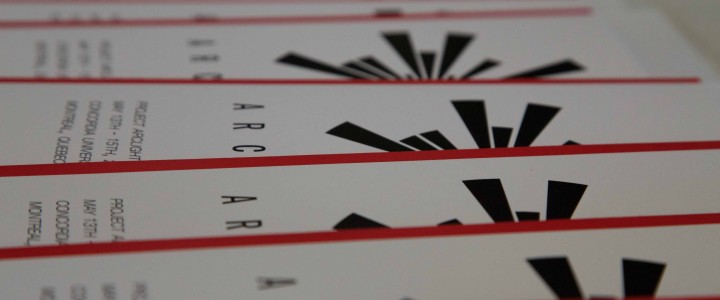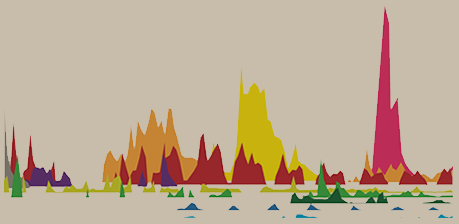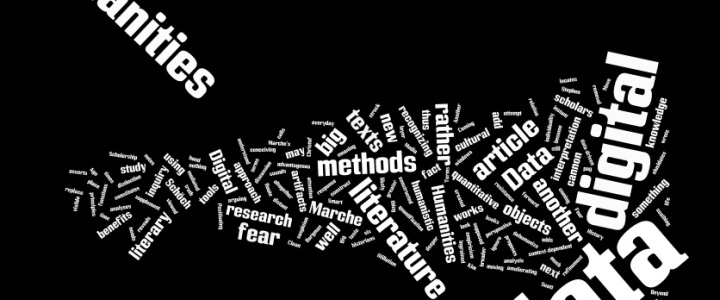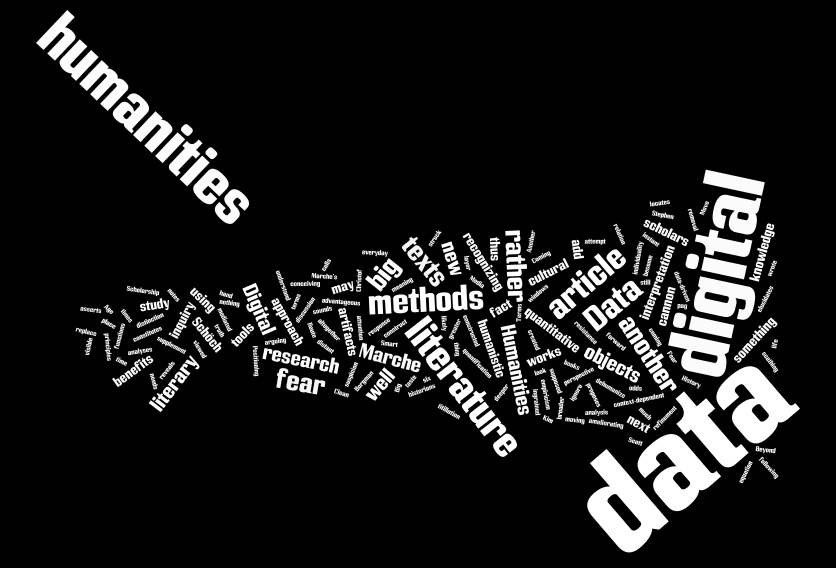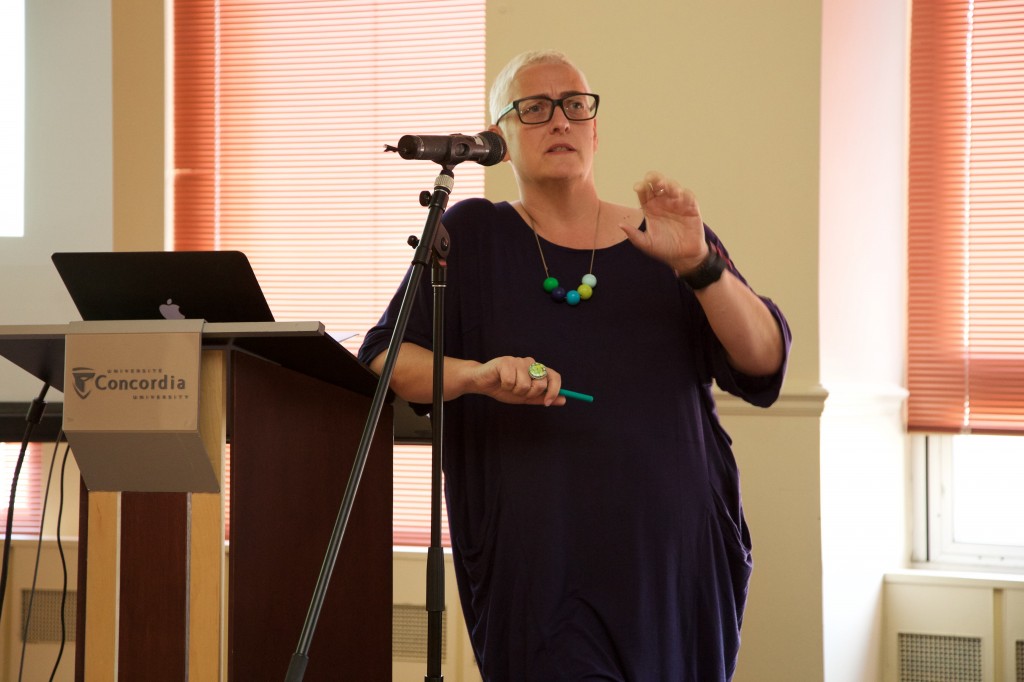
From May 13 to 15, I had the opportunity to attend and participate in the Project Arclight Symposium alongside twenty-four media historians and digital humanities scholars from across Canada, the U.K., Australia, and the U.S. Held at Concordia University in Montreal, the idea behind the Arclight Symposium was to generate a broad discussion on the advances and pitfalls of using digital methods for media history research. In his opening remarks, Charles Acland, Principal Investigator for the Concordia team, set out the goals of the Arclight Symposium: to share examples of the use of digital methods in media history, to introduce questions and criticisms about contemporary digital methods, and to seek new modes of analysis appropriate to our context of the massive digitalization of historical materials. Acland welcomed everyone to engage in these important dialogues, whether or not participants felt “algorithmically literate.”
My coverage of the Arclight Symposium consists of three articles. In this first article, I introduce a few of the main themes and topics that emerged in discussion. The second article will focus on the terminology and concepts that were most prominent at the symposium. Finally, I will conclude with an essay exploring the role of Twitter, and the practice of live tweeting, in the digital humanities, as I took on the role of “official live tweeter” during the symposium.
Overview
On the first day, Eric Hoyt, Principal Investigator of the University of Wisconsin-Madison team, provided a hands-on demonstration of the Arclight app, which employs a method called Scaled Entity Search (SES). To show how media historians can incorporate digital tools like Arclight into their research, Acland and Fenwick McKelvey (Concordia University) presented an exploratory micro-study of business terms used in fan and trade publications in the 1930s. The day ended with a lively keynote address delivered by film critic and scholar Deb Verhoeven (Deakin University, Australia), entitled “Show me the History! Big Data Goes to the Movies,” in which she outlined several examples of the use of online resources to produce large-scale collaborative research projects on popular culture.
The next two days of the symposium were composed of five panels on an array of topics and issues regarding the use of digital tools in media history research, including the analytical capacities of non-linear editing systems, the use of datasets in historical inquiry, and the visualization and mapping of media circulation. Significant themes began to emerge: the importance of scale (shifting between distant and close reading); the role of critical interpretation of big data; archival matters (copyright and public domain; material fallibility; biases); the necessity of collaboration (among scholars, critics, archivists, librarians, and so forth); and the opportunities and limits of crowdsourcing.
Topics of Discussion
Scale
The vital importance of paying attention to, rethinking, and readjusting the scale of analysis was reinforced over the course of the symposium. Acland set the foundation for this discussion in his opening remarks, emphasizing that for media scholars the first matter of concern is one of scale. Pointing out that media scholars have been using the category of “the big” long before the rise of the digital, and that close reading was never considered the predominant method as has been the case in literary studies, Acland argued that the innovations of digital methods and critiques are best when assessed in light of longer traditions of media and cultural analysis. In Hoyt’s demonstration of the Arclight app, as well as in presentations by Kit Hughes and Derek Long (University of Wisconsin-Madison) who employed the app in their research, it became evident that the app is an effective tool in locating areas in which to “dig deeper.” That is, SES can be seen as a method of distant reading that identifies broader patterns among texts, in turn pointing towards smaller areas in which other forms of analysis, including close reading, might become useful.
In their paper, “Middle-Range Reading: Will Future Media Historians Have a Choice?” Sandra Gabriele (Concordia University) and Paul Moore (Ryerson University) made the case for adopting the scale of “middle-range reading.” Arguing that both close and distant reading lose sight of materiality, embodied practices like reading, and the politics connecting interpretive communities to the historic reader, they proposed middle-range reading as a way to investigate the material roots of media, form, and genre. In the final presentation of the Arclight Symposium, Robert Allen (University of North Carolina-Chapel Hill), discussing the “new, new cinema history,” stressed that historiography has to be “zoomable.” Overall, the use of digital methods to zoom in and out of various scales of analysis became a focal point for many critical exchanges at the symposium.
Archival Matters
Another topic that emerged involved a range of archival matters. In her presentation “The Lost Critical History of Radio,” Michele Hilmes (University of Wisconsin-Madison) addressed the issue of bias resulting from the focus of archives on “eye-readable materials,” framing this as a serious problem for the archiving of sound. In placing value on the content of the sound material rather than the sound itself, archivists question why the sound recording needs to be preserved, rather than transcribed. For Hilmes, the lack of a critical history of radio in part results from this bias of the archive.
Urging for different imaginings of the digital archive, in his presentation “Listicles, Vignettes, and Squibs: The Biographical Challenges of Mass History,” Ryan Cordell (Northeastern University) identified the difficulties associated with understanding the digital archive as a representation of material objects. This approach to the digital archive, he argued, only reinforces that the digital archive is a poor surrogate of the physical archive.
The archival matter most often mentioned was that of open access. Here, discussion centred on issues of copyright and involved questions of how copyright may limit our research. Further, participants accentuated the necessity of forging positive partnerships with archives. That is, how can we collaborate with archives in order to better the archival experience of others? This might include constructive participation, such as contributing descriptions (meta-data) of items in the archive created through our own research activities.
Crowdsourcing
Finally, a topic that I did not expect but frequently arose concerned the opportunities and limits of crowdsourcing. This discussion of crowdsourcing first emerged in Deb Verhoeven’s keynote address, “Show me the History! Big Data Goes to the Movies,” and sustained interest until the end of the roundtable on media history and digital methods, which concluded the symposium. Basically, crowdsourcing involves opening up the topic of research to subject experts and amateurs outside the university who are willing and interested in participating in the research process. While one side of the argument endorses embracing the expertise of everyone, the other raises concern about exploiting the unpaid labour of amateur researchers. In discussion, the Transcribe Bentham Project was advanced as a productive example of crowdsourcing; however, David Berry (University of Sussex) countered that only a surprisingly few individuals have actually participated in that project. Acland later added to that critique by referencing John T. Caldwell’s article “Hive-Sourcing is the New Out-Sourcing” on the exploitive hazards of crowdsourcing.
Throughout the three days of the Arclight Symposium, these discussions and others evoked the importance of collaboration, open-source access, and co-authorship as key guiding principles for digital methods, though the associated ethical registers are far from guaranteed and require ongoing attention and concern.
